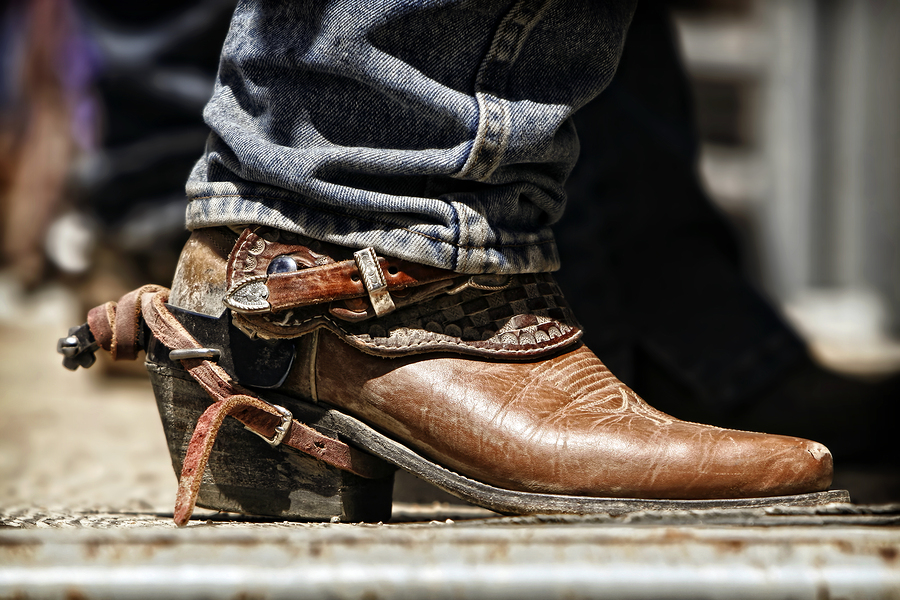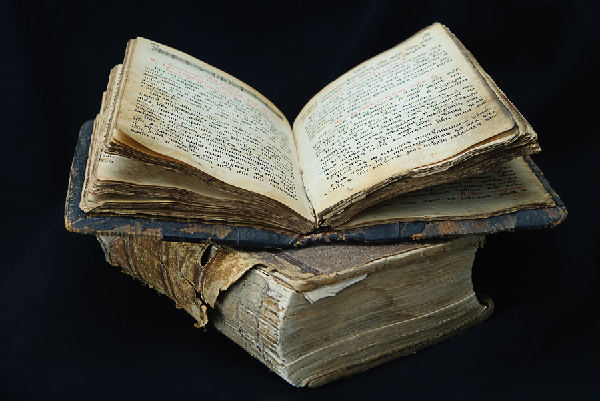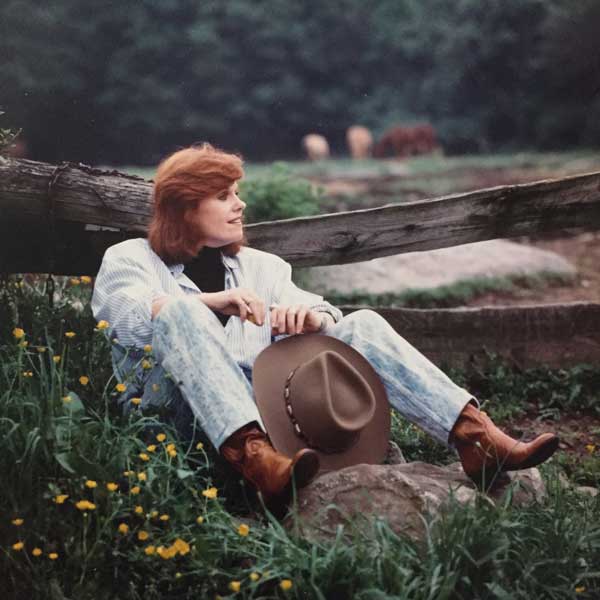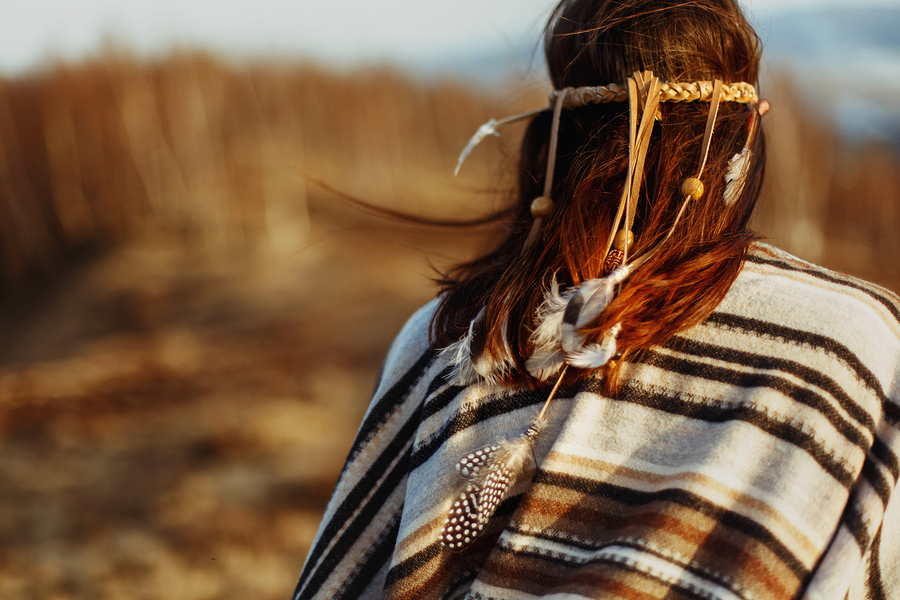Winning the West? An Apache Point of View

A New View of the Old West
Victors write the history books. They allow our biases to cherry-pick facts in order to support a narrative we can live with. Unfortunately, the story of the “Winning of the West” we’ve been told in books, movies and legends is taken entirely from the point of view of the white settlers, not the Native Americans.
I was writing Paint the Wind and headed West looking for proof of an idea I truly believed in: that an Apache War Chief and a white man could have shared the sacred bond of blood brotherhood in the late 1800s.
My story depended on this premise, and I fervently believed it to be true because of first person accounts I’d found in my researching.
In my head and heart, my story needed to be true, and my story was telling me that Hart McAllister and Geronimo could have shared just such a deep bond of brotherhood.
Blood Brotherhood
Diaries I’d ferreted out from the late 1800’s had corroborated my belief and I had done quite a bit of sacred ceremonial work with Native people, so I knew something about how much Indians revered integrity.
My problem was that all the Apache experts I found (both scholars and young Apaches

in other professions), insisted that the only inter-racial friendships in the Old West were those of expediency, not true friendship.
Ruidoso Here I Come
I made my way through the New Mexico desert toward the Apache Reservation in Ruidoso, near the Mexican border. After what felt like a million futile leads and phone calls had failed to definitively answer my questions, I had finally made contact with an Apache Elder named Elbys Hugar, who’d said she would meet with me. My deadline for the manuscript was looming and I had not yet found the proof I sought.
At the time, I had no idea Elbys was Cochise’s great-granddaughter.
History Re-Told
When I reached the Apache Village and was taken to Elbys’ small house, I was left alone in her living room for a time and couldn’t help but notice that what appeared to be family photos were the same ones I’d been studying in the history books! A large portrait of Naiche, Cochise’s son, was in a place of honor on the wall.
When Elbys entered the room, I asked about the portrait. “Grandfather,” she answered me proudly and I realized I was finally with someone who could, if she were willing, tell me the truth about my theory. I’d decided to abide by her narrative, as I’d exhausted all other contacts.
It took a while for Elbys to trust me – she interviewed me thoroughly before I could interview her – but I gave her my word that my intention was to tell the truth of the Apache’s battles with the white soldiers and to tell it from the Apache’s point of view.

She said she would present me and my request to her Medicine Man. To my immense relief, he said my heart was true and added that I was a healer.
Elbys Hugar
Having passed this hurdle, I explained the premise of my story and that both Apache and white experts had repeatedly told me my instincts were wrong – that no such friendship as I envisioned, between an Apache leader and a white man, could have happened in those contentious times. I added their opinion that Blood Brotherhood was just a Hollywood invention.
Finally, she spoke quietly in heavily accented English. (She had spoken only Apache until nearly an adult, she said.)
She told me a story I could never have gleaned from the history books. She said her great grandfather, Cochise, had been in love with a white woman whom he wished to marry. She said the tribal elders would not permit the chief’s blood to be defiled by such a union and forbade the marriage, which had been a sad blow to his heart
Precious Knowledge
“Why then,” I asked, “have all the young Apaches I’ve interviewed told me no such friendship was possible and blood brotherhood never existed at all?”
“The White Men lied to us and about us from the beginning,” she replied. “We owe them no truth and no knowledge of our sacred secrets.”
She had a point. The White government and soldiers broke every treaty, murdered and destroyed whatever lay in the path of their takeover of the southwest, to say nothing of having stolen the Apaches homeland, in the first place!
I learned so much of history as it’s handed down within the tribe from Elbys in our conversations. Without this wise woman
who was generous enough to help me tell the truth, I could never have enriched my story with reality beyond the ordinary.
“A st ory haunts the story teller it chooses,” I was told. “It watches and waits to see if the teller has the courage to fight for the truth, before it will allow the correct ending of the tale to be spoken. If the teller doesn’t pass the test, the story will disappoint.” Elbys said I’d been sent to her because I had so doggedly pursued the truth… or, perhaps, it had pursued me so the truth could finally be told.
ory haunts the story teller it chooses,” I was told. “It watches and waits to see if the teller has the courage to fight for the truth, before it will allow the correct ending of the tale to be spoken. If the teller doesn’t pass the test, the story will disappoint.” Elbys said I’d been sent to her because I had so doggedly pursued the truth… or, perhaps, it had pursued me so the truth could finally be told.
She told me many anecdotes she’d heard from both Cochise and Naiche about the Apache Wars and the treachery of the broken treaties, the cold-blooded murders, the rape and pillage perpetrated on her people, and I endeavored to repeat them all in my book as my way of giving back for all she had given.
Elbys also spoke with me about a story I had only been able to glean bits of from my research about Geronimo’s having been granted four magical wishes by Creator during his vision quest, to be used for the good of the tribe.
That tale, too, is in my book. It’s a story of desperate struggle with conscience, and monumental sacrifice for a friend.
But to hear that story fully told, I’ll leave you to reading Paint the Wind where Elbys’s stories and mine have combined to add our own personal footnotes to history.